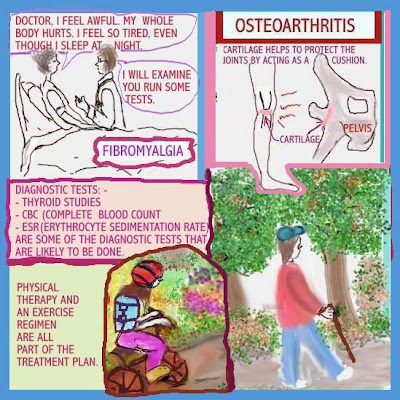Dearnurses.com is no longer available.
Updated 4/25
Dear nurses,
TPN is Total Parenteral Nutrition. It is a type of nutrition
which is given intravenously. It is ordered by the doctor .
You may also watch the video for more information:
Sessions 59
Aspiration pneumonia and prevention
Enteral feeding may be ordered by the doctor, for the patient
who is unable to swallow.
The patient with a brain injury ,
stroke or on mechanical ventilation, may may require tube feeding.
The potential for Aspiration of Tube feeding should be reflected in
the plan of care.
Aspiration pneumonia should be avoided.
Helpful hints:
-Follow
MD orders- check for residuals and abdominal distention
- check lung sounds
Learn more about this topic by watching the video:
Sessions for nurses 14
 Dear nurses,
Dear nurses, Dear nurses,
Dear nurses, Updated 6/25
Updated 6/25 Updated 4/25
Updated 4/25





 Helpful suggestions for stroke prevention.
Helpful suggestions for stroke prevention. Dearnurses.com is no longer available.
Dearnurses.com is no longer available.
 Updated 1/25
Updated 1/25
